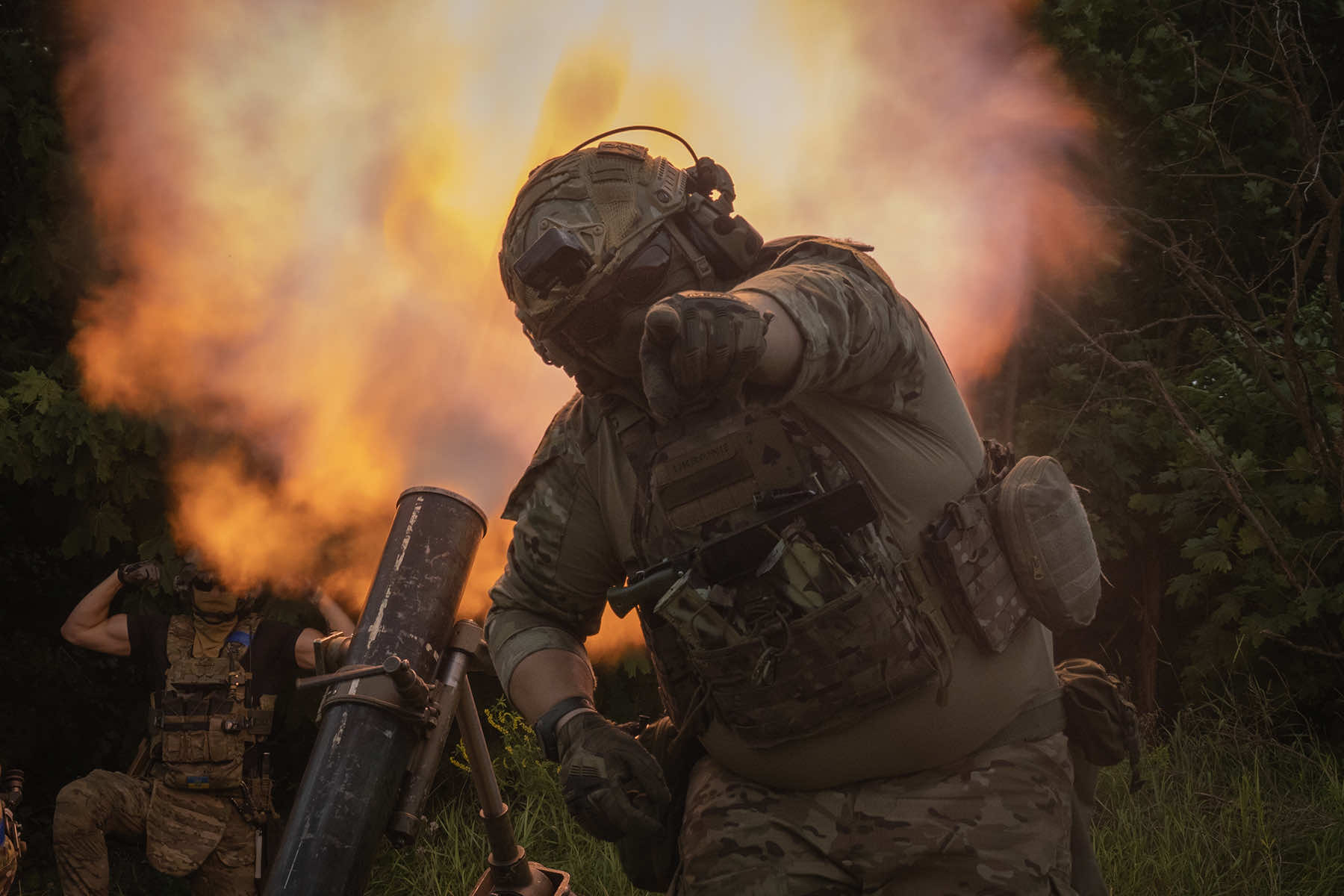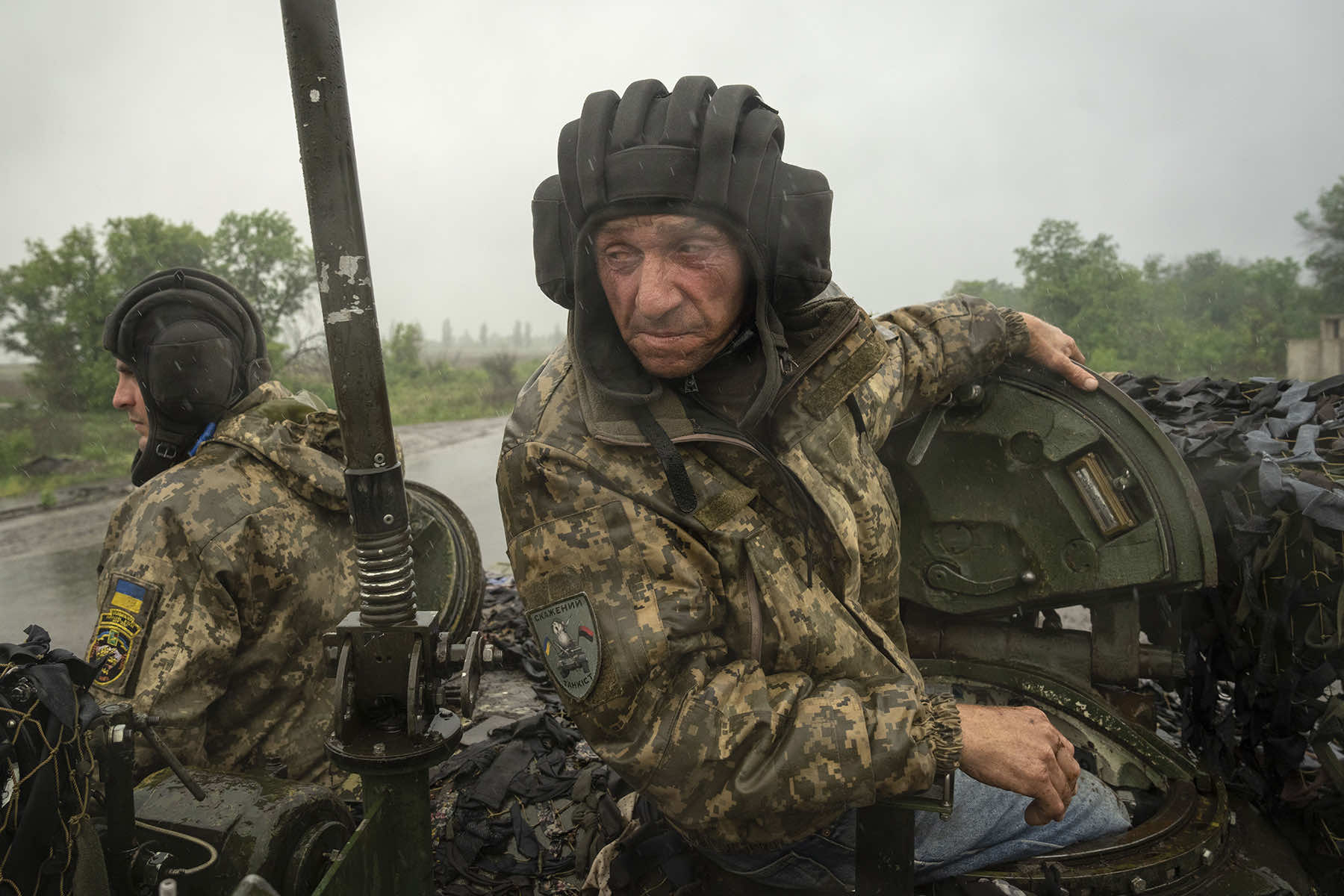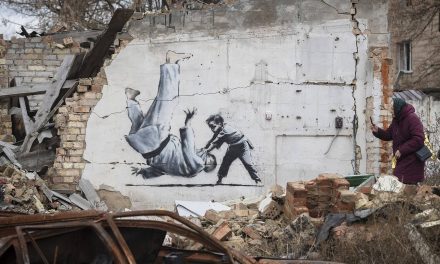
Ukraine has launched a major push to dislodge Russian forces from the country’s southeast as part of its weekslong counteroffensive, committing thousands of troops to the battle, according to Western and Ukrainian officials and analysts.
The surge in troops and firepower has been centered on the region of Zaporizhzhia, a Western official said. The official was not authorized to comment publicly on the matter and spoke on condition of anonymity.
Fighting has intensified in recent weeks at multiple points along the 930-mile front line as Ukraine deploys Western-supplied advanced weapons and Western-trained troops against the Russian forces who invaded 17 months ago.
The counteroffensive is a massive military operation, which likely was months in preparation. Military planners need to orchestrate supplies of ammunition, food, medical supplies and spare parts to the front line. It faces deeply entrenched Russian defenses featuring minefields, trenches, and anti-tank obstacles.
Ukrainian officials have been mostly silent about battlefield developments since they began early counteroffensive operations, though Deputy Defense Minister Hanna Maliar said troops are advancing toward the city of Melitopol in the Zaporizhizhia region.
Though that movement could be a tactical feint, and both governments have used disinformation to gain battlefield advantages, such a maneuver would be in line with what some analysts had predicted.
They envisioned a counteroffensive that would try to punch through the land corridor between Russia and the Russian-annexed Crimean peninsula, moving towards Melitopol, which is close to the coast of the Azov Sea.
That could split Russian forces into two halves and cut off supply lines to the units that are located further to the west. Russia currently controls the whole Sea of Azov coast.
The intense fighting is taking place in areas in the south and east of Ukraine, far from the capital Kyiv, and it was not possible to verify either side’s claims.
The Institute of Study of War, a Washington-based think tank, reported that Ukrainian forces launched “a significant mechanized counteroffensive operation in western Zaporizhzhia region,” adding that they “appear to have broken through certain pre-prepared Russian defensive positions.”
It cited Russian sources, including the Russian Ministry of Defense and several prominent Russian military bloggers. But a Moscow-appointed head of the partially occupied Zaporizhzhia region, Yevgeny Balitsky, said Ukrainian forces recently tried unsuccessfully to break through Russian defenses in the area.
However, in what appeared to be a precautionary move, Russia’s Federal Security Service, known as the FSB, prohibited civilian access to the Arabat Spit in Crimea, a narrow strip of land that links the annexed peninsula to the partially occupied Kherson region. The Kherson region is a key gateway to Crimea
The open-ended ban is needed to contain security threats, the FSB said in a statement quoted by Russia’s state news agency RIA Novosti.
U.S. officials, who have provided Kyiv with weapons and intelligence, declined to comment publicly on the latest developments, though they have previously urged patience as Ukraine seeks to grind down Russian positions.
U.S. Defense Secretary Lloyd Austin said during a visit to Papua New Guinea that Kyiv’s effort to retake land seized by Russia since its February 2022 full-scale invasion would be “tough” and “long,” with successes and setbacks.
U.S. Secretary of State Antony Blinken said “an intense battle” is taking place but declined to provide details.
“We believe that tools, the equipment, the training, the advice that many of us have shared with Ukrainians over many months puts them in good position to be successful on the ground in recovering more of the territory that Russia has taken from Ukraine,” Blinken said during a recent visit to New Zealand.















